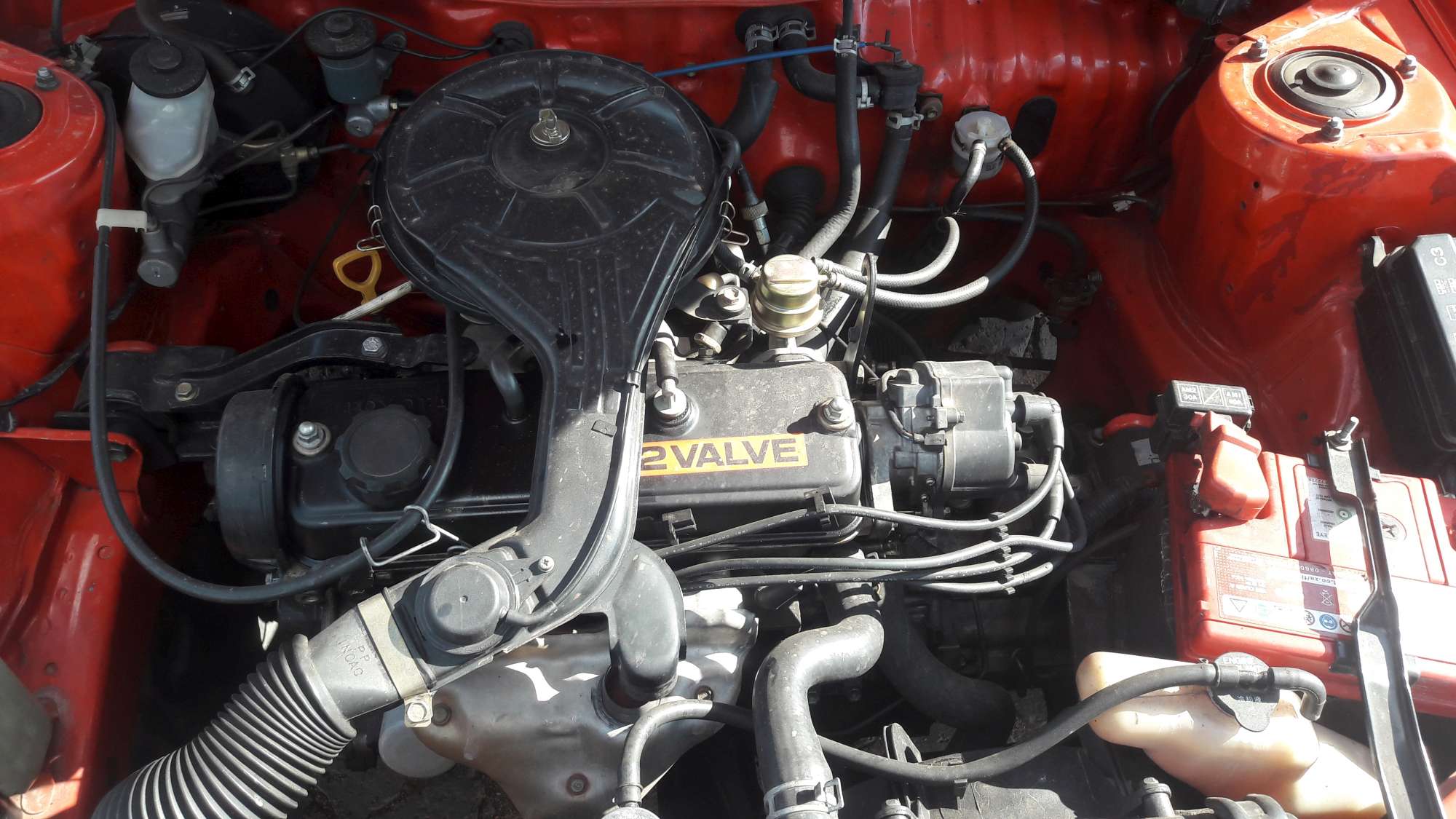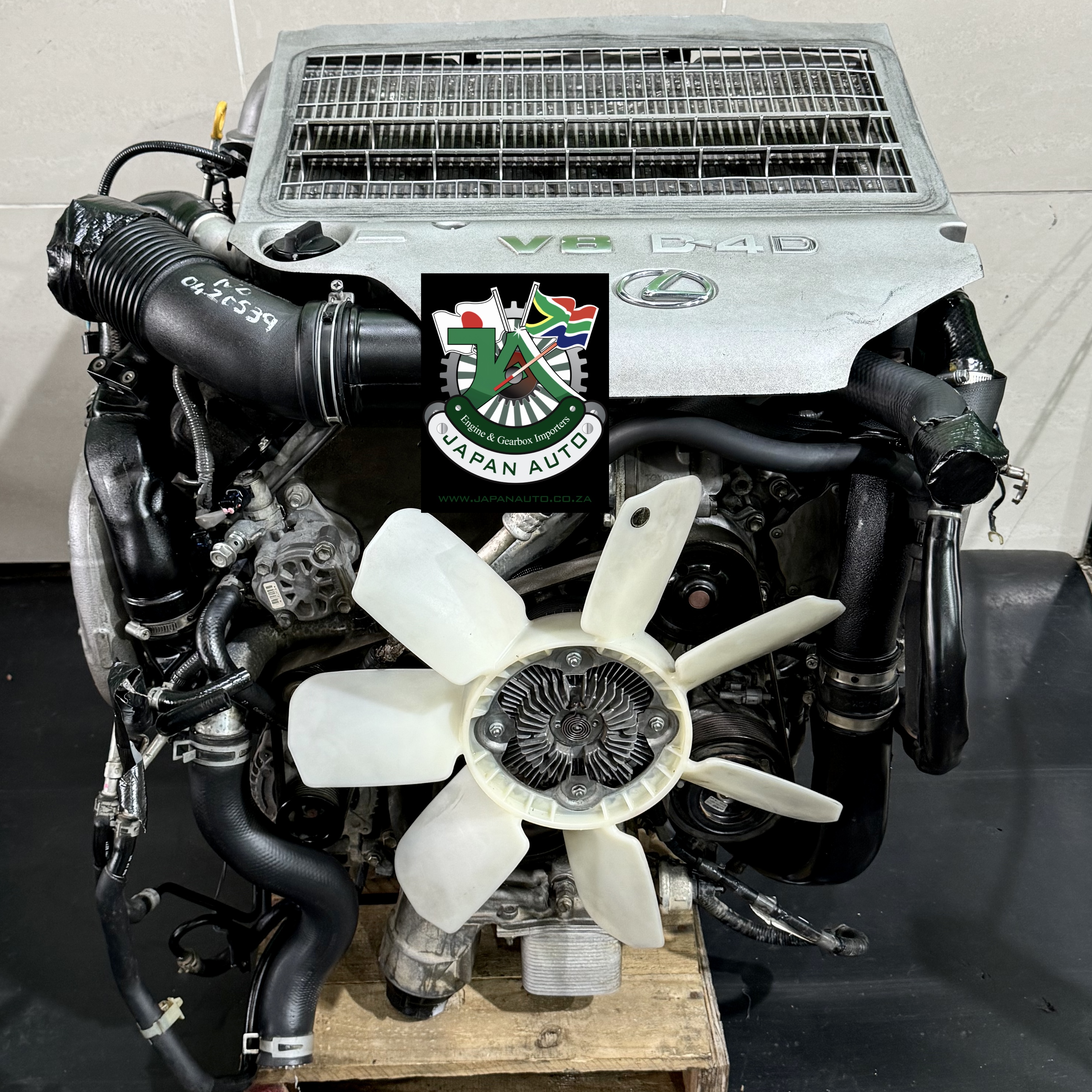Explore the current Fads in Engine Modern Technology With Tazz
In the rapidly advancing landscape of vehicle innovation, Tazz stands at the forefront, highlighting considerable developments in engine systems that prioritize both technology and sustainability. tazz. From hybrid engines that maximize fuel efficiency to the introduction of hydrogen gas cells, the patterns forming contemporary powertrains are not just improving efficiency however additionally attending to vital environmental difficulties. As the industry continues to press limits, it is vital to take into consideration exactly how these advancements will influence future transport services and the more comprehensive implications for worldwide power consumption. What exists ahead in this crucial change?
Hybrid Engine Innovations
Hybrid engine developments represent an essential change in auto technology, combining the benefits of internal combustion engines with electric propulsion systems. This integration not only enhances fuel efficiency but also decreases emissions, meeting increasingly stringent ecological regulations. By utilizing both energy resources, hybrid engines can maximize efficiency, providing power when needed while conserving gas throughout much less requiring driving conditions.
Current innovations in crossbreed innovation consist of enhancements in battery efficiency and regenerative braking systems. These technologies enable higher energy recuperation throughout deceleration, which can be rerouted to help in velocity or power auxiliary systems. Suppliers are focusing on lightweight products and compact layouts to maximize the performance of hybrid powertrains.
The growth of plug-in hybrids has actually also increased the market, making it possible for motorists to charge their automobiles using common electrical outlets. This function commonly enables significant all-electric variety, more decreasing reliance on traditional fuels. tazz. As the automotive sector proceeds to advance, hybrid engine innovations are anticipated to play an important duty in bridging the space between conventional lorries and fully electric designs, giving a transitional solution that satisfies varied customer demands and choices
Advancements in Electric Powertrains
The vehicle landscape is swiftly evolving, with electric powertrains arising as a leading pressure in lasting transport. Advances in electric vehicle (EV) technology are substantially improving efficiency, performance, and user experience. Secret innovations consist of enhancements in battery chemistry, which have enhanced energy density, decreased billing times, and expanded total battery life.
Solid-state batteries, as an example, promise to revolutionize the market by supplying higher safety and effectiveness contrasted to standard lithium-ion cells. Developments in regenerative braking systems are making it possible for automobiles to recover power during slowdown, contributing to general efficiency.
Along with battery innovation, electric motor styles are becoming a lot more sophisticated. Technologies such as integrated electric motors and advanced thermal administration systems are helping to enhance power distribution and decrease weight, inevitably improving car characteristics.

Jointly, these breakthroughs highlight the commitment to transition in the direction of cleaner, a lot more efficient transport options, positioning electrical powertrains at the center of automobile development.
The Rise of Hydrogen Gas Cells
Increasingly, hydrogen gas cells are obtaining traction as a viable choice to standard internal burning engines and battery electric lorries. This innovation harnesses the chemical power saved in hydrogen, transforming it into electrical energy through an electrochemical response with oxygen. The primary result of this process is water, making hydrogen gas cells an eco-friendly choice with zero exhausts at the tailpipe.

Car manufacturers are increasingly spending in hydrogen fuel cell innovation, recognizing its capacity for long-range applications and quick refueling capabilities that equal conventional fuels. Furthermore, sectors such as durable transportation and public transit are especially fit for hydrogen gas cells, where battery electric options might fail due to weight and range restrictions.
As study and financial investment remain to broaden, hydrogen gas cells are positioned to play a substantial role in the future landscape of clean transport and power remedies.
Enhancements in Internal Burning Engines
Innovations in internal combustion engine (ICE) innovation are changing typical vehicles to meet contemporary environmental requirements and efficiency expectations. One of the most significant enhancements includes the combination of sophisticated fuel injection systems. These systems enhance the air-fuel mix, enhancing combustion performance and resulting in reduced emissions. Direct gas shot, for circumstances, permits for far better atomization of gas, causing more full burning and boosted power outcome.
Furthermore, turbocharging has gained prestige, enabling smaller engines to supply higher performance without the weight of bigger engines - tazz. This technology not only improves effectiveness yet also adds to reduce fuel intake. Variable valve timing systems are likewise being improved, enabling engines to adjust to various driving problems for improved torque and responsiveness
Moreover, the use of light-weight products in engine building and construction is ending up being typical, further boosting gas efficiency by reducing overall vehicle weight. Engine control units (ECUs) are try here progressively sophisticated, allowing real-time changes that optimize efficiency and discharges.
These improvements collectively symbolize a critical change in ICE innovation, aligning with international sustainability goals while still providing the performance drivers anticipate from their lorries. As the industry develops, these enhancements remain to form the future of standard vehicle engineering.
Future Patterns in Engine Performance
Substantial advancements in engine performance are expected as suppliers focus on incorporating great site sophisticated innovations to satisfy rigorous ecological regulations and consumer demands. The shift towards electrification, hybrid systems, and alternative fuels is improving the automotive landscape, driving developments that improve fuel economic climate and minimize discharges.
One of the crucial patterns is the application of sophisticated materials and producing techniques. High-strength alloys and light-weight compounds add to reduced lorry weight, hence boosting general effectiveness. Additionally, the adoption of turbocharging and variable valve timing modern technologies enables boosted power result from smaller sized engines, additionally improving fuel economic situation.

Conclusion
To conclude, the exploration of engine innovation discloses substantial advancements that prioritize sustainability moved here and efficiency. Advancements in crossbreed engine systems, electrical powertrains, and hydrogen gas cells show a dedication to lowering exhausts while boosting efficiency. In addition, renovations in inner burning engines and a concentrate on light-weight products add to total engine performance. As the automobile industry remains to evolve, these trends will play a crucial function fit a cleaner and even more sustainable future for transportation.
From crossbreed engines that maximize gas efficiency to the emergence of hydrogen gas cells, the trends forming contemporary powertrains are not only improving performance yet likewise addressing essential environmental challenges.Hybrid engine developments stand for a critical change in automobile technology, integrating the advantages of interior burning engines with electric propulsion systems.Furthermore, turbocharging has gotten prominence, permitting smaller engines to supply higher efficiency without the weight of bigger engines. Additionally, the fostering of turbocharging and variable shutoff timing innovations permits for improved power outcome from smaller sized engines, further improving fuel economic climate.
Renovations in internal combustion engines and an emphasis on light-weight materials contribute to general engine performance.